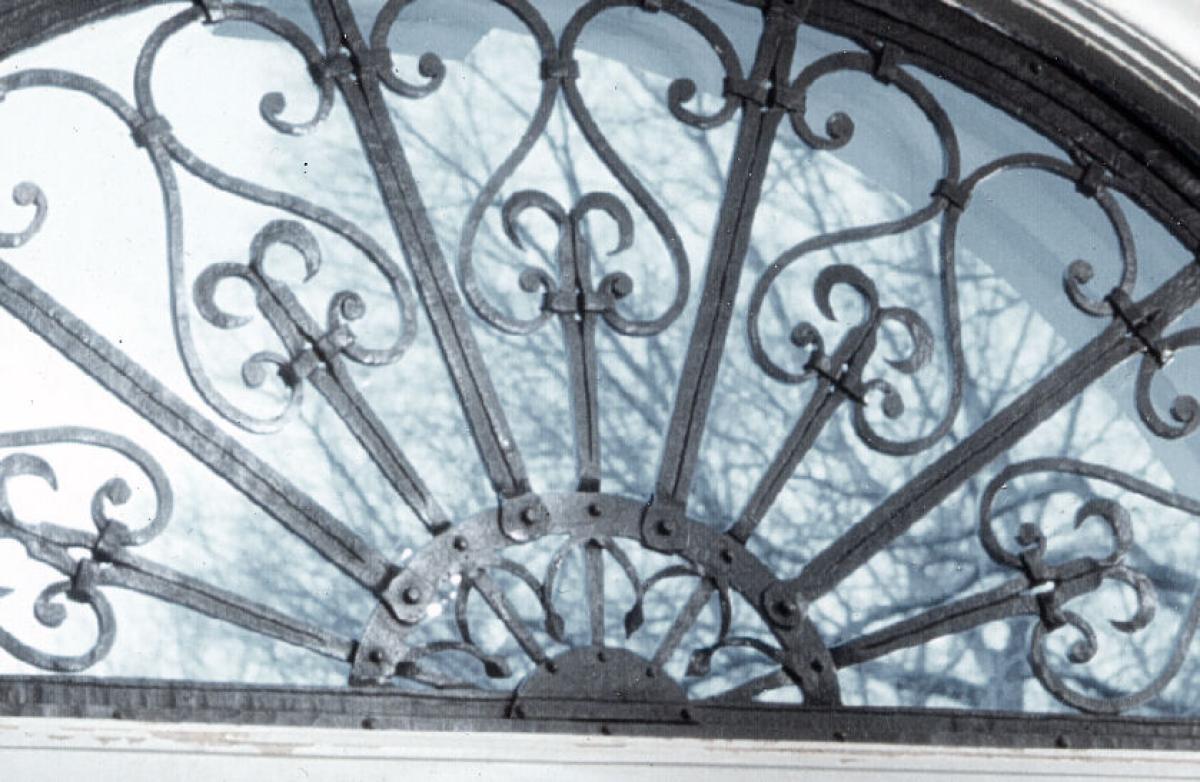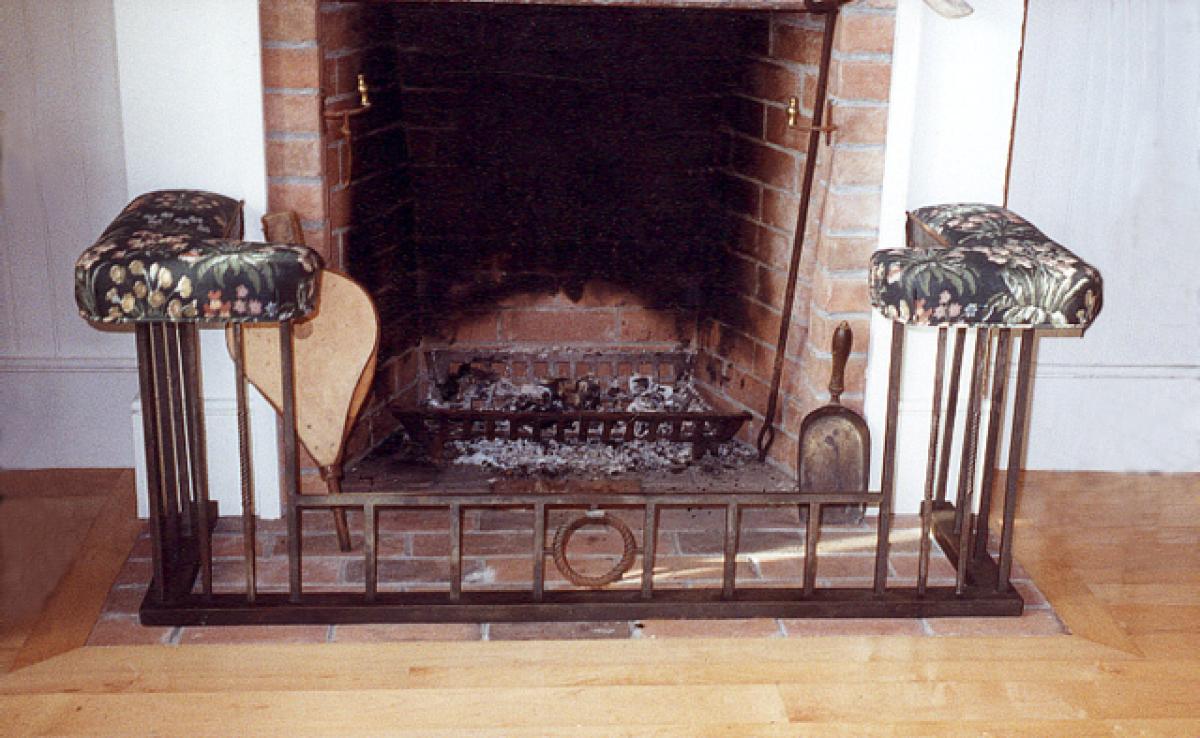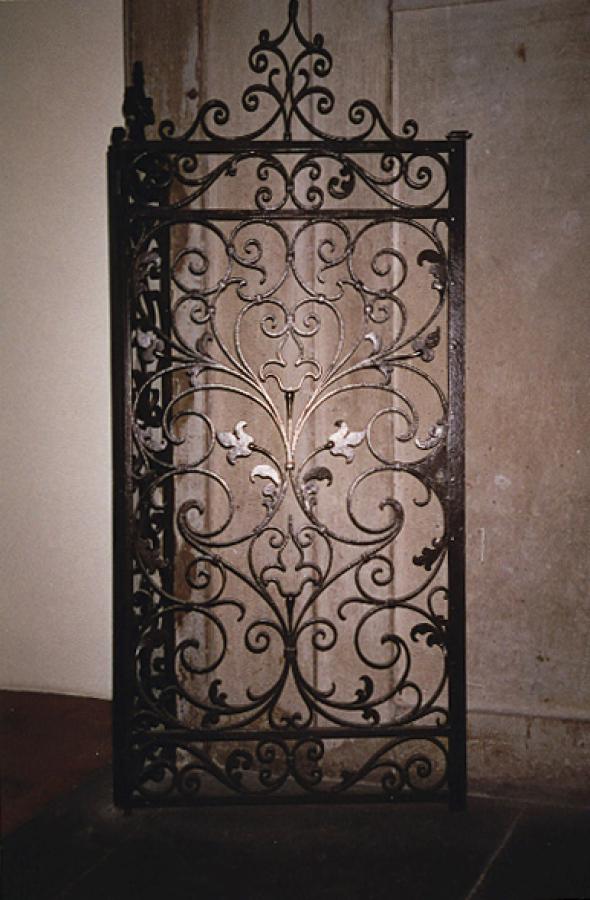Autobiography
A personal introduction by the artist
I was born In Poughkeepsie, New York, and grew up in Basking Ridge, New Jersey. That was countryside back then, abandoned peach orchards and dairy farms gone fallow, brooks and streams to play in, and wide open fields and woods to explore. I had a best friend, Jon. We did everything together that little boys growing up in the country were supposed to do. Catching cray fish, collecting rocks, filling our pockets with salamanders, discovering the world of nature one bug and tadpole at a time.
Jon went on to become a well known environmentalist. I became an artist. When I had achieved success as an artist, some time in my late 40’s, I asked my father when it was that I became an artist? Was I always that way or did I learn it? He said I was that way from the day I was born. I think he was right because my earliest memories were of lying in the crib and staring up at a mobile of birds that my mother had made. One of the wire arms was off balanced and the bird was hanging real low. It drove me nuts! I used to think that if I could reach it, I could slide the string over a little and fix it, but I couldn’t stand up and I was very uncoordinated. It was frustrating. All I could do was stare up at it and study it. I think that was where the perfectionist part of my artistry had its roots.
I was mechanically adept from early on, and constantly inventing things. I remember becoming obsessively interested in remote control. My grandfather had owned a dress factory so my mother had an endless arsenal of thread. Thread became my material of choice because it was so easy to get. One day, I figured out how to string up the light switch on the wall so that I could operate it from my bunk bed without having to get out of bed. The threads ran all over the bed, through the wire loops of the springs above me, around the ladder rungs, zig zagging back and fourth like some drunken spider’s web until finally I could turn the light on by pulling one thread and off by pulling another. The next morning, my poor unsuspecting mother came in to make my bed and got tangled up in the web. Taken by surprise, she let out a shriek, clawed at the threads, and taught me a vocabulary the likes of which I have never heard before or since.
I quit working with thread after that, not because of my mother, but because I had discovered a far greater treasure, my father’s tool room. It was his sanctuary. It had everything. Wood, metal, plastic, rubber, radio tubes, electrical components, a saw table, drills, pliers, more tools and stuff than any place in the universe, and it had a sweet smell of turpentine and tobacco. My father was an electrical/mechanical engineer. He liked having me around. I got to sort the wood pile, separate the screws and nails by kind and size, clean out all the dust, dirt, and spider webs. It taught me the relationship between monotony and patience, but most important of all I got to spend time with my father. He was the tallest man in the world, knew everything, and was smarter than any President. I learned everything from him, from watching him work, from what he taught me, and then from working with him. I wasn’t allowed to use the shop unless he was there, but as I got older I started sneaking in while he was at work. No matter how hard I tried to leave the shop exactly as I found it, I would always get caught and get a cuffing (that was allowed back then). But the next day I would go back and do it all over again. Making stuff was a thrill like no other. I could move the unmovable, change the shape of wood and metal. Make what ever I wanted. It was freakish, it was Godly, it was totally addicting. The only addiction I ever had. Drawn to it like a moth to a flame. When my father passed away many years later, I inherited the essence of his work shop. A set of wooden shelves with an assortment of hardware in glass jars and a bunch of other odds and ends, a tattered wooden work bench with a vise and some other old hand tools and a pegboard. I doubt I’d get five bucks for it in a garage sale, but it is the foundry of my heart and soul, and I wouldn’t part with it for all the tea in China.
My parents lived and met in New York City. Many of their friends were artists. All of them were bohemian, living a dream and never selling enough of their work to make a living. So it is easy to understand why, when they realized that I, too, had the artist gene, they discouraged me from becoming an artist. “Don’t be an artist, you will starve to death,” my mother would say. So I went to the University of Florida and graduated with a degree in psychology. I spent two of the most miserable years of my life working in the social services field after which I swore I would never work for anyone other than myself again as long as I lived. I started a handy man business. I taught myself the trade but I didn’t make much money in it because I was too much of an artist in a profession where time is money. So I went into painting, then carpentry and eventually historic restoration. I taught myself those trades as well, but still I never made a decent living for the same reason. While I was doing historic restoration, I needed a source of custom period hardware, so I took up Blacksmithing. I made the hardware for the historic homes I was restoring. I was a perfectionist in that too, but the end product was mesmerizing. At last, a line of work where artistry mattered. Word spread, and people started commissioning me to do blacksmithing for them. All my working days I had struggled and starved, until I gave in and became an Artist In Iron—what I was born to be.
Robert Frieber


